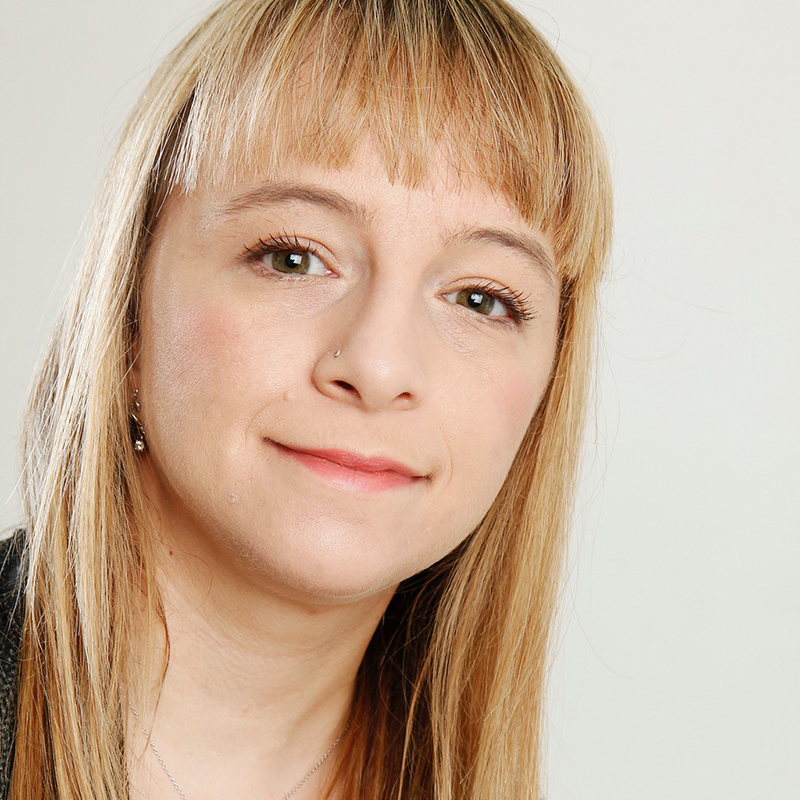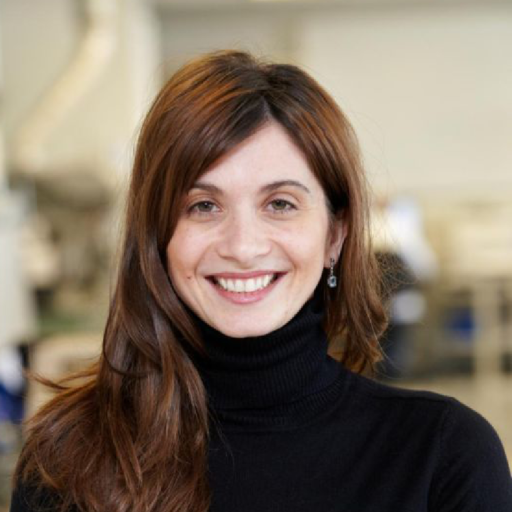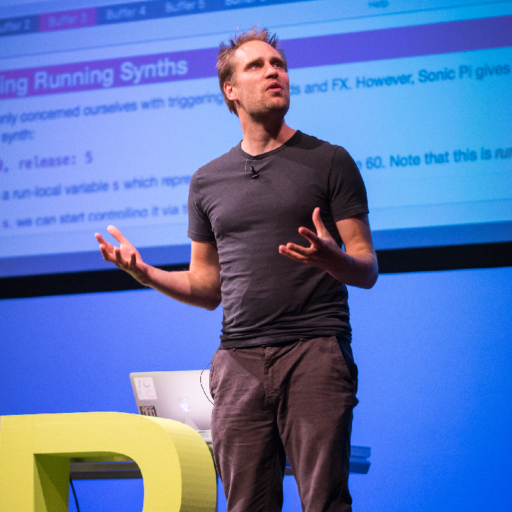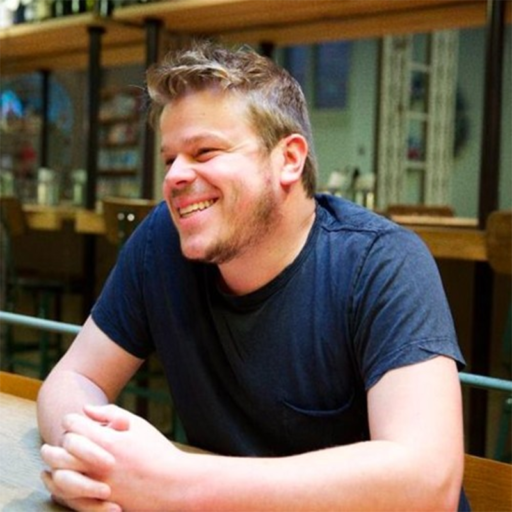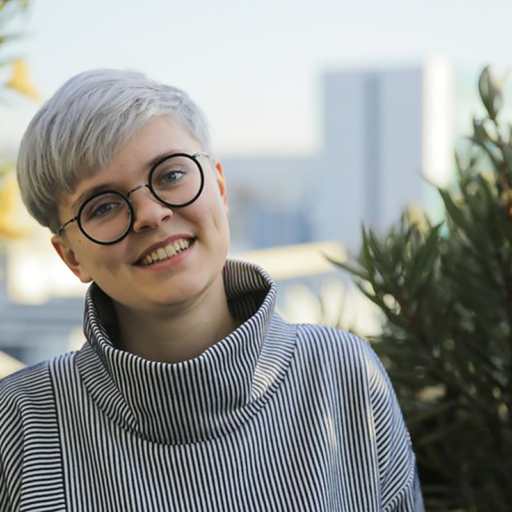Nano-Swarm Engineer
Biography
In the natural world, we have found multiple examples of what’s called “swarm intelligence” among such diverse species as large flocks of birds, schools of fish, ant colonies or even at a bacterial level to name a few.
Sabine Hauert’s work applies the principles of swarm intelligence to the world of robotics. A roboticist at the University of Bristol her research is focussing on the potential of swarm robotics to a wide range of applications such as nanomedicine for cancer treatment, to robot swarms in industrial and environmental applications.
Prior to Bristol, Sabine engineered swarms of nanoparticles for cancer treatment at MIT, and deployed swarms of flying robots at EPFL in Switzerland. She is also President and Co-founder of Robohub.org, a non-profit dedicated to connecting the robotics community to the world.
As an expert in science communication with 10 years of experience, Sabine is often invited to discuss the future of robotics and AI, including in the journals Science and Nature and at the Royal Society. Her work has been featured in mainstream media including BBC, CNN, The Guardian, The Economist, TEDx, WIRED, and New Scientist.
Talk Title: Swarm engineering across scales, from nanoparticles to robots
Swarm engineering allows us to design self-organised systems that work in large numbers (>1000), and at small scales (<1 cm). Swarm strategies are either inspired from nature (ant colonies, fish shoals, bird flocks, cellular systems) or are automatically discovered using machine learning and crowdsourcing. Demonstrated applications range from the deployment of swarms of flying robots to create outdoor communication networks, or the use of 1000 coin-sized robots to form structures and explore the environment, to the design of nanoparticles and synthetic bacteria for biomedical applications.

